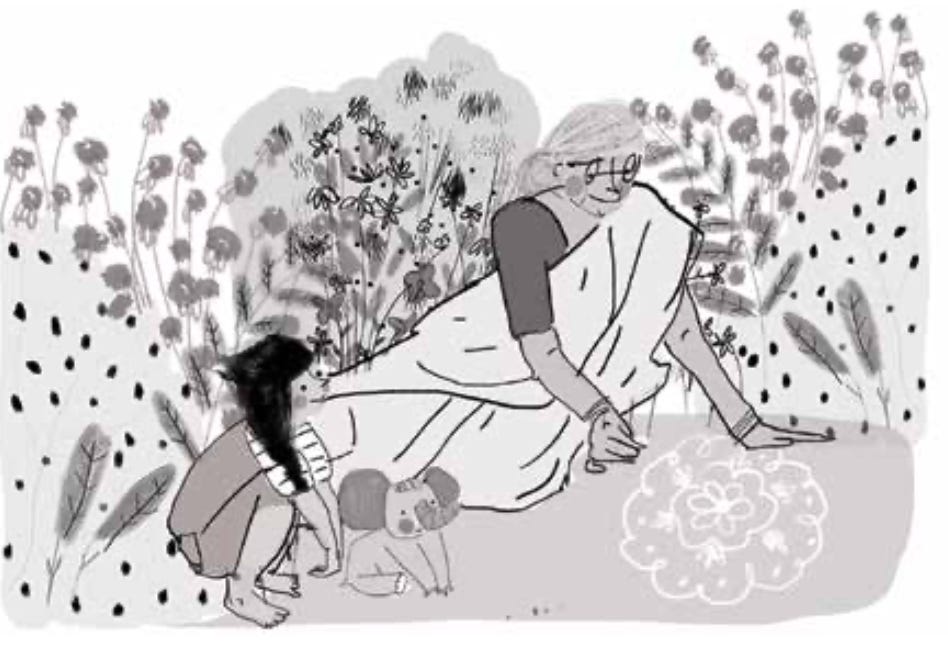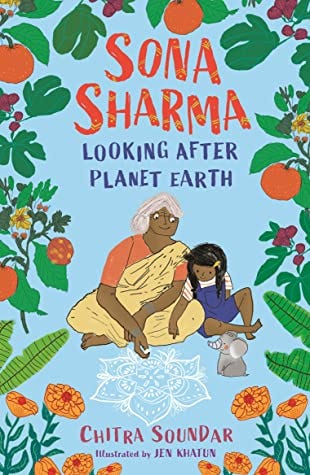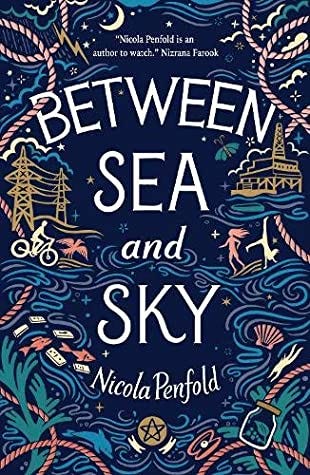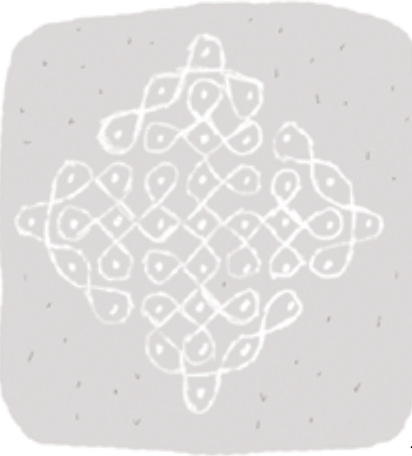Don’t forget to enter our book giveaway!
Nicola Penfold interviews Chitra Soundar about her new Middle Grade novel Sona Sharma, Looking After Planet Earth, and discusses her own novel Between Sea and Sky.
Nicola: Hello Chitra! I was so grateful to have the chance to read your second Sona Sharma book, Sona Sharma Looking After Planet Earth. It’s such a warm and happy story. I fell in love with Sona and her family, and your words are so delightfully accompanied by illustrations from Jen Khatun. I love all the plants! You must have been very happy when you saw Jen’s artwork?
Chitra: Yes, Jen’s artwork brought a lovely comic book feel and yet so warm and inviting. Her elephant especially is spectacular.
Nicola: I thought your story was a really fresh way of reaffirming messages about taking care of planet Earth. When Sona hears at school that our world is in trouble, she doesn’t need any persuading that she and her family should do more. But in the beginning her methods are heavy handed. She turns off the fan in her grandparents’ room as they sleep, unplugs a video game her dad is still playing, and I did giggle when Sona takes off her baby sister’s nappy because “nappies live in the rubbish forever”! Do you think humour can help get important messages across?
Chitra: Humour can always get both adults and children to see the underlying truth. And also, Sona is just earnest. Her focus on the task at hand – saving Planet Earth – takes over and results in funny situations at home and school. Just like her teacher Miss Rao, hopefully readers, especially adult readers who read the book with their children, will laugh and figure out the serious messages embedded. We all need to be a little Greta inside and if you follow Greta on twitter you’ll know that she has got an amazing sense of humour.
Nicola: The main part of the story is about kolams, traditional artwork drawn outside people’s homes for certain festivals. Sona is alarmed when she realises plastic, glitter and chemicals are being used in some of the designs, but Sona and her grandmother Paatti show us it doesn’t have to be like this. Can you tell us a little about kolams and why the traditional ways are the best? And do you think returning to old ways is often helpful as we try to reduce our impact on the natural world?
Chitra: My parents still live in India and kolam is a living art. Every woman of the house draws a kolam every morning in front of their houses. And these kolams were intended to decorate but also help other creatures of the planet. The more I think back on my growing up in India and still the many habits of my parents and grandparents, we follow many things that are planet friendly – from mud pots for storing water, to eating on banana leaves, to using cloth bags for shopping, making just enough for a day and not reheating food. There are so many little things that help us protect our planet.
While we adopt modern conveniences, I think we should all pause and ponder on some of the little inconveniences can help save our planet – like walking to the shops or not buying things whenever we need them or not using too much gift wrapping or carrying a water bottle instead of buying water when we travel.

Nicola: I’ve written a couple of books for older children, the latest of which is Between Sea and Sky which is set in a future world, to which much climate related devastation has occurred, but to which hope – and nature in fact – is returning. I was very aware of my audience – children who have inherited this incredibly beautiful but damaged planet, and who are so keen to protect it. I wanted to write about hope and solutions, and empower change and connections with nature.
Sona Sharma is set in India, which is a country hugely vulnerable to the effects of climate change. You must have been particularly aware of this writing this book?
Chitra: Yes, we grew up in a coastal city and every monsoon season we’d worry about floods. I remember when I was 8 when our ground floor flat was flooded and I had to climb up a shelf to sleep. But in the last 10 years, our city has been flooded three times, we’ve lived through a tsunami and every rain now causes panic.
The industralisation of western economies, that push their manufacturing to the poorer countries, send their waste to other countries to deal with, are adding to the already fragile state. While I’m writing for a western audience primarily, I’m acutely aware that the story is set in India and Sona sees it from that point of view. Her worries and anxieties are based on what she sees in her part of the world.
We might be different countries by “artificial” borders. But we are all interconnected by the oceans and the changing weather patterns and our green habits. If someone in Europe or the US buys one dress less, goes without a new toy or stops using plastic straws, perhaps it will save another child half the world across whose parents work in a garment factory or recycling plant.

Nicola: I adored Elephant, Sona’s toy friend. Children can have a natural affinity with animals. Did you have fun writing Elephant’s character?
Chitra: Elephant is my favourite character in the story, even though there is a little bit of me in every character. I loved writing his comebacks, observations and warnings, and he resembles my inner-voice with whom I often have lengthy conversations. I wanted Elephant to be cheeky and I’m so happy that often the first thing a young reader tells me about is how much they love Elephant.
Thank you. Nicola. for reading my book and asking such thoughtful questions. I hope all our books, inspire young readers and their families to do more to save this planet and fill them with hope of a greener tomorrow.
Find out more about Sona Sharma, Looking After Planet Earth and Between Sea and Sky.
Chitra Soundar grew up in Chennai, India. An award-winning author of more than 40 books for children,she loves writing picture books, fiction, non-fiction and verse. Chitra travels the world visiting schools and appearing at festivals to bring Indian stories to children everywhere.
Nicola Penfold is a children’s writer. She writes adventure books about the natural world. She studied English at St John’s College, Cambridge. Nicola’s worked in a reference library and for a health charity, but being a writer was always the job she wanted most.
Climate News
The Role of Public Relations Firms in Climate Change Politics [Twitter thread]
Think Climate Change Is Messy? Wait Until Geoengineering [Wired]
Novelists illustrate the climate futures that could await us [Wbur]
Can Cli-Fi Fiction Help Us Imagine A Sustainable Future? [Pebble]



